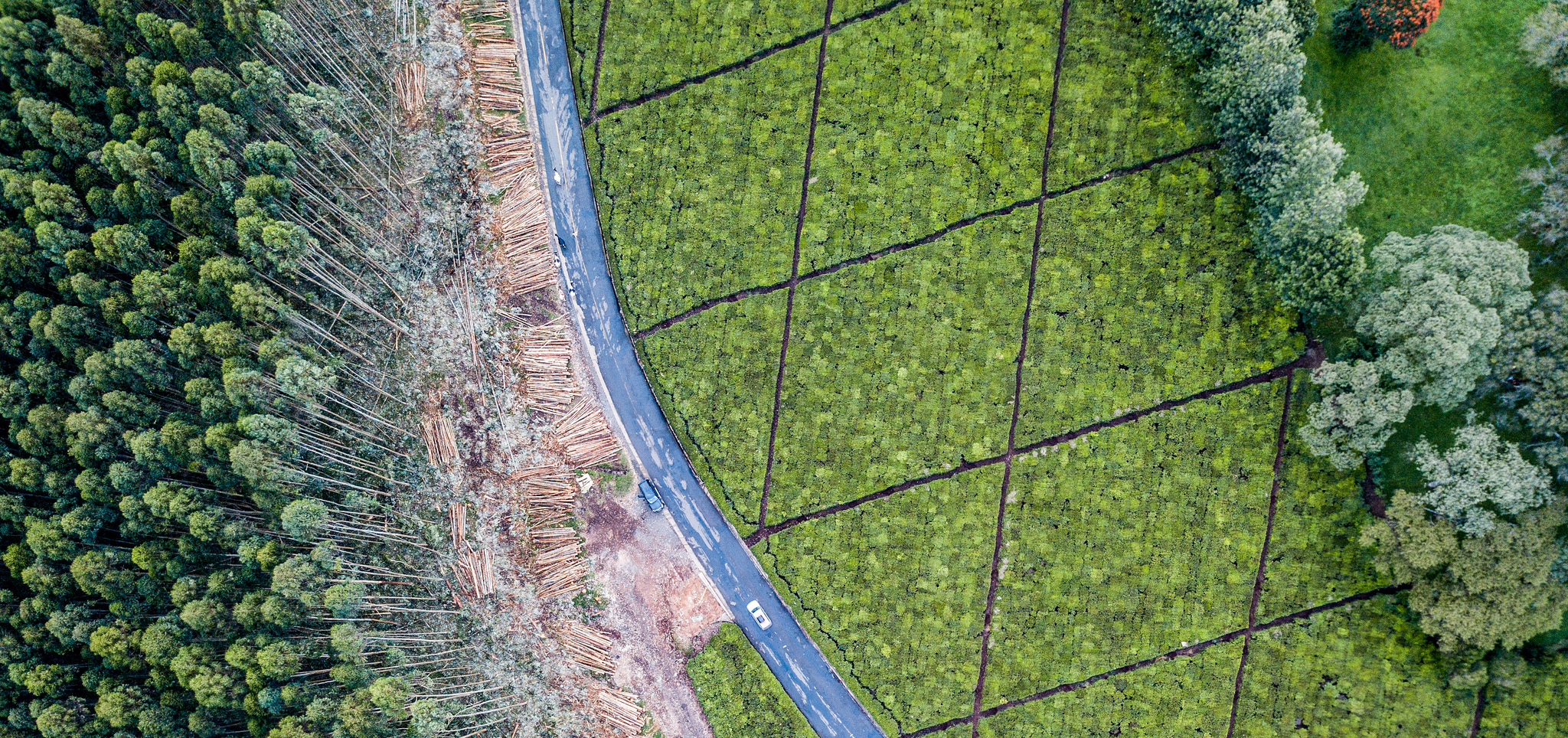Minimizing Ecological Damage from Road Improvement in Tropical Forests
SHARE THIS

| Susmita Dasgupta (World Bank) | |
| Thursday 23 November 2017 at 3:30 - 5:00 pm (Hong Kong time, GMT +8) | |
|
Room 5619 (Lift 31, 32), Academic Building, HKUST |
Event Summary
Susmita Dasgupta's research develops and applies a spatial econometric model that links road upgrading to forest clearing and biodiversity loss in the moist tropical forests of Bolivia, Cameroon and Myanmar. Using 250 m cells, the model estimates the relationship between the rate of forest clearing in a cell and its distance to the closest point on the nearest road; the transport distance-minimizing route to the nearest urban market, with an explicit control for road quality; terrain elevation and slope; the agricultural opportunity value of the land; and its legal protection status. The model takes into account spatial autocorrelation and simultaneity in the relationship between forest clearing and road location.
Dasgupta's findings emphasize the road transport results; forest clearing is highly responsive to the distance to the nearest urban market which comprises of the distance of the cell to the closest point on the nearest road and the transport distance-minimizing route to the nearest urban market the distance from market. The responsiveness of forest clearing to distance from the nearest market is lower for primary road links, because their higher average vehicle speeds and lower maintenance costs reduce the effect of distance to market. Using the estimated forest clearing response elasticities and a composite biodiversity indicator, this research computes an index of expected biodiversity loss from upgrading secondary roads to primary status in each 250 m cell. The results identify areas in Bolivia, Cameroon and Myanmar where high expected biodiversity losses may warrant additional protection as road upgrading continues. In addition, they provide ecological risk ratings for individual road corridors that can inform environmentally-sensitive infrastructure investment programs.
As road upgrading will inevitably accompany rural development programs in many countries, the methodology developed in this paper has potential for more widespread application in all moist tropical forest countries.
About the Speaker
Susmita Dasgupta is a Lead Environmental Economist in the Environment and Energy Research Group of the World Bank with a specialization in empirical research. Her research focus is on environmental management in developing countries. Dr. Dasgupta has done extensive analysis on health hazards of pollution, poverty/environment nexus, setting priorities in pollution control, deforestation, biodiversity loss, impacts of climate change on coastal zones and climate extremes, adaptation to climate change, cost effective regulations, monitoring and enforcement of regulations. She has conducted research activities in Bangladesh, Brazil, Cambodia, China, Colombia, Cuba, India, Iran, Lao PDR, Madagascar, Mexico, Tunisia, Vietnam and Yemen, and has published numerous articles on issues related to development and environment.
This seminar was co-organized by HKUST Institute for Public Policy (IPP) and HKUST Institute for Emerging Market Studies.
Get updates from HKUST IEMS






